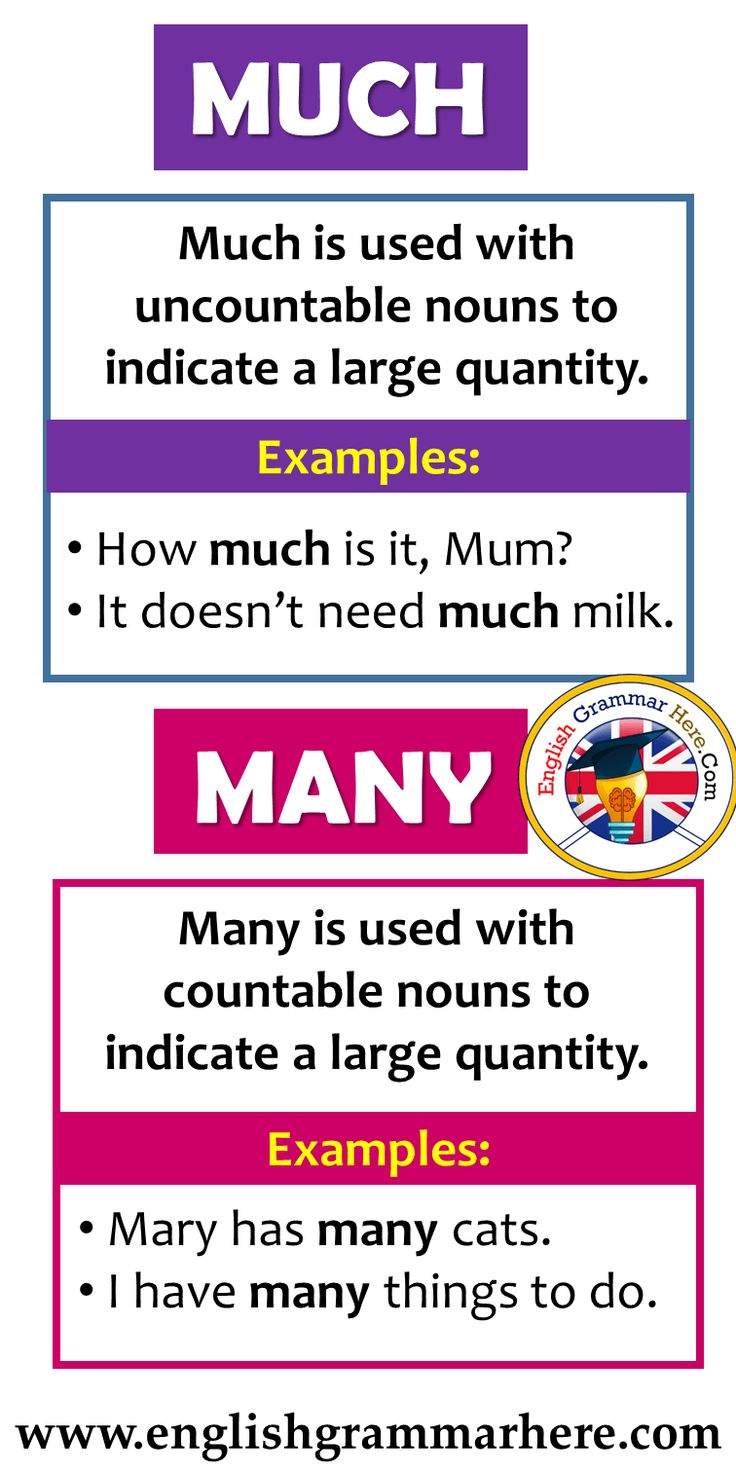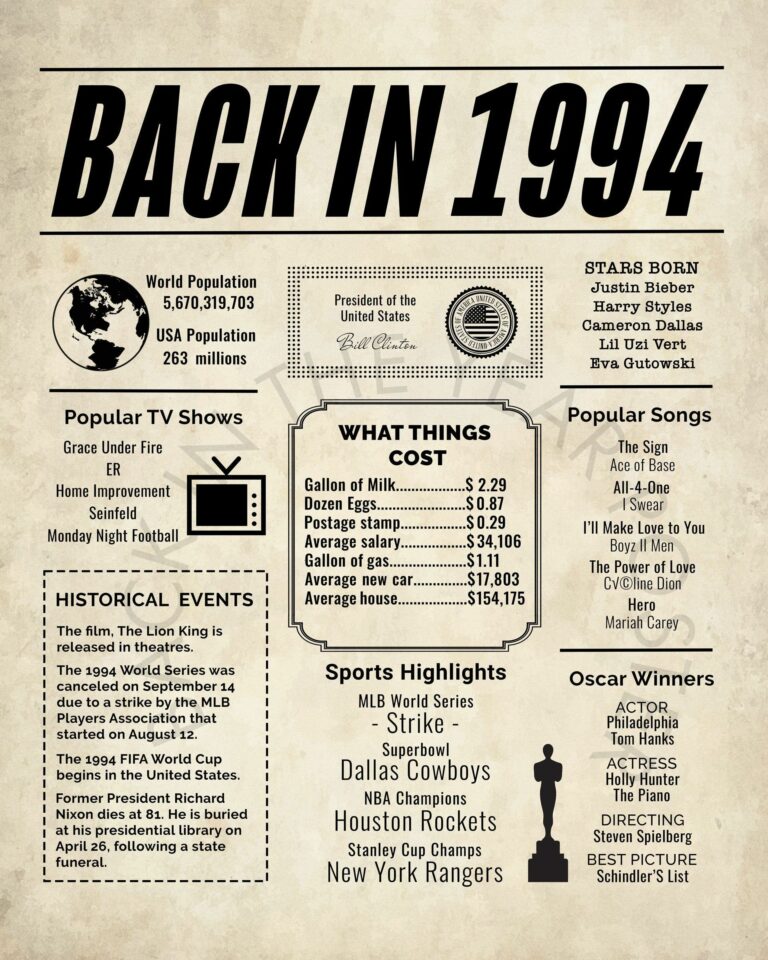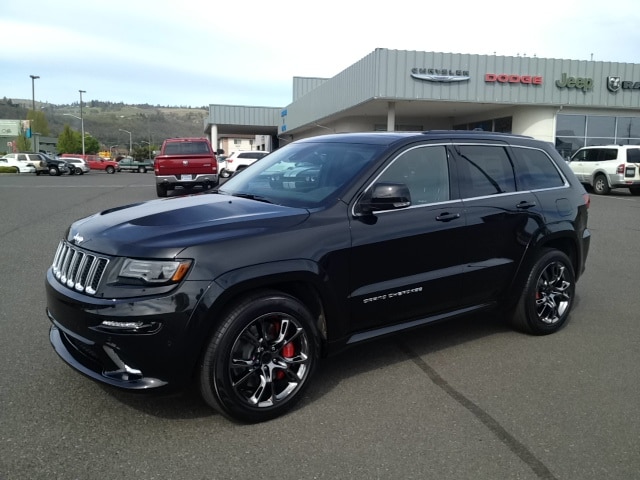How Much Does A Jeep Wrangler Tire Cost?
How Much Does A Jeep Wrangler Tire Cost? jeeps.truckstrend.com
The Jeep Wrangler is more than just a vehicle; it’s a lifestyle, an icon of adventure, and a testament to rugged capability. From conquering rocky trails to cruising city streets, the Wrangler’s performance hinges significantly on one critical component: its tires. These aren’t just round pieces of rubber; they are precision-engineered tools that dictate grip, handling, safety, and even fuel efficiency. Consequently, understanding "How Much Does A Jeep Wrangler Tire Cost" is not merely about a price tag, but about making an informed investment in your vehicle’s performance and your driving experience.
For any Wrangler owner, new or seasoned, the cost of tires can be a significant consideration. Whether you’re replacing worn-out stock tires, upgrading for enhanced off-road prowess, or simply budgeting for future maintenance, the sheer variety of options and influencing factors can make determining the exact cost a complex task. This comprehensive guide aims to demystify Jeep Wrangler tire costs, breaking down the variables, exploring different types, and providing practical advice to help you make the best decision for your budget and your adventures.
How Much Does A Jeep Wrangler Tire Cost?
The Key Factors Influencing Jeep Wrangler Tire Costs
The price of a Jeep Wrangler tire is not a static figure. It’s a dynamic sum influenced by a multitude of interconnected factors. Understanding these elements is the first step toward accurately estimating your expenses.
1. Tire Type and Intended Use
This is perhaps the most significant determinant of cost. Tires are specialized for different driving conditions:
- All-Season (A/S) Tires: Designed for general road use, offering decent performance in various weather conditions (excluding heavy snow/ice). They provide a comfortable ride and good longevity. Generally the most affordable option.
- All-Terrain (A/T) Tires: The most popular choice for Wrangler owners, balancing on-road comfort with off-road capability. They feature a more aggressive tread than A/S tires, suitable for dirt, gravel, and light trails. Mid-range price.
- Mud-Terrain (M/T) Tires: Characterized by very aggressive, large tread blocks for maximum grip in mud, rocks, and deep snow. While superb off-road, they are noisier on pavement, offer less comfort, and wear faster. Typically the most expensive per tire.
- Winter/Snow Tires: Specifically designed for cold temperatures and icy/snowy conditions, offering superior grip when temperatures drop below 45°F (7°C). These are often a secondary set of tires. Can be comparable to A/T or M/T prices, adding to overall cost if you need a dedicated set.
- Performance/Specialty Tires: For extreme rock crawling or desert racing, these tires are highly specialized and often come with a premium price tag due to unique compounds and construction.

2. Tire Size
Size matters, and bigger usually means more expensive. Jeep Wranglers come with various stock tire sizes depending on the trim level and year (e.g., 245/75R17, 255/70R18, 285/70R17). Many owners also opt for larger aftermarket tires (e.g., 33-inch, 35-inch, or even 37-inch) for increased ground clearance and a more aggressive look. Larger diameters and wider treads require more material and specialized manufacturing processes, directly increasing the cost per tire.

3. Brand Reputation and Quality
Just like any product, tire brands range from budget-friendly options to premium manufacturers. Established brands like BFGoodrich, Goodyear, Nitto, Falken, Cooper, and Toyo invest heavily in research and development, offering superior performance, durability, warranty coverage, and often, better fuel efficiency. While a premium brand tire might cost more upfront, it can offer better long-term value through extended lifespan and improved performance. Budget brands can save you money initially but might compromise on wear, ride quality, or off-road capability.
4. Ply Rating / Load Range
Tires have a "ply rating" or "load range" that indicates their strength and load-carrying capacity. For Wranglers, you’ll commonly see Load Range C, D, or E. Higher load ranges (e.g., E, which typically corresponds to 10-ply construction) are built with more internal layers, making them more durable and puncture-resistant, especially crucial for heavy loads or aggressive off-roading. These stronger tires generally cost more than their lower-ply counterparts.
5. Tread Design and Compound

The complexity of the tread pattern (e.g., self-cleaning capabilities for mud, siping for wet traction) and the rubber compound used (e.g., softer for grip, harder for longevity) significantly influence the manufacturing cost and, consequently, the retail price. Advanced compounds can offer better grip, longer tread life, or improved fuel economy, but they come at a premium.
Understanding Jeep Wrangler Tire Sizing and Its Impact
Jeep Wrangler tire sizes are typically expressed in a standardized format, such as LT285/70R17. Let’s break this down:
- LT: Light Truck (designates a tire designed for heavier loads and more rugged use than passenger car tires).
- 285: The width of the tire in millimeters (from sidewall to sidewall).
- 70: The aspect ratio, meaning the sidewall height is 70% of the tire’s width.
- R: Radial construction (the most common type).
- 17: The diameter of the wheel in inches that the tire is designed to fit.
Common stock sizes for various Wrangler generations include 225/75R16, 245/75R17, 255/70R18, and 285/70R17. When upgrading, owners often look at overall diameter (e.g., 33-inch, 35-inch, 37-inch) which is a more intuitive way to gauge tire size for off-roading purposes.
Impact of Larger Tires:
While larger tires offer a commanding look and improved off-road clearance, they also bring additional costs and considerations:
- Higher Tire Cost: As mentioned, bigger tires are more expensive per unit.
- Installation Costs: May be higher for larger tires, especially if they require specialized mounting equipment.
- Potential for Additional Modifications: Tires significantly larger than stock (e.g., 35-inch or 37-inch) often necessitate suspension lift kits, fender flares, new wheels with different backspacing, and potentially even re-gearing of the differentials to maintain performance and prevent strain on the drivetrain. These modifications add substantial costs beyond just the tires themselves.
- Fuel Economy: Larger, heavier tires increase rolling resistance and unsprung weight, leading to a noticeable decrease in fuel efficiency.
- Speedometer Calibration: Larger tires will cause your speedometer and odometer to read inaccurately, requiring recalibration with a programmer.
Beyond the Tire: Associated Costs to Consider
The price of the tire itself is only part of the equation. Several other costs are involved in getting your new rubber on the road:
- Installation: This typically includes mounting the tire on the wheel, balancing (crucial for a smooth ride and even wear), and replacing the valve stem. Costs can range from $15 to $40 per tire.
- Tire Pressure Monitoring System (TPMS) Service: Most modern Wranglers have TPMS sensors in each wheel. When changing tires, these sensors may need to be inspected, serviced, or even replaced if damaged. Recalibration or reprogramming might also be necessary. This can add $10-$30 per wheel.
- Wheel Alignment: After installing new tires, especially if you’ve changed sizes or components, a wheel alignment is highly recommended. Proper alignment ensures even tire wear, good handling, and prevents premature tire failure. This service can cost $80-$150.
- Tire Disposal Fees: Most shops charge a small fee ($2-$5 per tire) to responsibly dispose of your old tires.
- Spare Tire: Don’t forget your spare! If you’re upgrading tire sizes, you’ll want your spare to match the new size, meaning another full-price tire to purchase.
- Road Hazard Warranty: Many tire retailers offer an optional road hazard warranty, which covers repairs or replacements for non-repairable punctures, cuts, or other road damage. This typically adds 10-15% to the total tire cost but can save you money in the long run.
Practical Advice and Tips for Saving Money
Purchasing tires for your Jeep Wrangler is a significant investment, but there are ways to manage the cost effectively:
- Shop Around: Compare prices from various sources – local tire shops, big-box retailers (e.g., Discount Tire, Belle Tire, Les Schwab), and online vendors (e.g., Tire Rack, Amazon). Factor in shipping costs if buying online, and whether you’ll need to pay extra for installation at a local shop.
- Look for Sales and Rebates: Tire manufacturers and retailers frequently offer promotions, rebates, and discounts, especially during seasonal events. Sign up for newsletters or set price alerts.
- Consider Off-Brand or Lesser-Known Brands: While premium brands offer peace of mind, many reputable smaller brands or private labels offer excellent value and performance comparable to higher-priced options. Read reviews and do your research.
- Buy in Sets: Often, purchasing a full set of four or five tires (including the spare) can result in a better per-tire price than buying them individually.
- Prioritize Your Needs: Be honest about your driving habits. Do you truly need aggressive mud-terrain tires if 90% of your driving is on pavement? Choosing an A/T tire might save you money, provide a quieter ride, and last longer.
- Maintain Your Current Tires: Regular tire rotations (every 5,000-7,000 miles), proper inflation, and periodic alignments will significantly extend the life of your tires, delaying the need for costly replacements.
- Understand the Warranty: Familiarize yourself with the treadwear warranty offered by the manufacturer. While off-road use often voids these warranties, it’s good to know for on-road performance.
Estimated Price Table for Jeep Wrangler Tires (Per Tire)
Please note that these are estimated price ranges per tire and can fluctuate significantly based on brand, specific model, retailer, and ongoing promotions. Installation costs are not included in these per-tire estimates.
| Tire Type | Common Size (Example) | Brands (Examples) | Estimated Price Range (Per Tire) | Notes |
|---|---|---|---|---|
| All-Season | 245/75R17 (Stock JK) | Kumho, Firestone, General, Cooper | $150 – $250 | Best for highway driving, light snow. Quiet and comfortable. |
| All-Terrain | 285/70R17 (Popular JL) | BFGoodrich KO2, Goodyear Wrangler AT, Falken Wildpeak AT3W, Nitto Ridge Grappler | $200 – $350 | Most popular choice. Good balance of on-road comfort and off-road capability. |
| Mud-Terrain | 35×12.50R17 | BFGoodrich KM3, Goodyear Wrangler MT/R, Toyo Open Country M/T, Nitto Trail Grappler | $300 – $500+ | Aggressive tread for serious off-roading. Noisier on road. |
| Winter/Snow | 255/70R18 (Stock JL) | Bridgestone Blizzak, Michelin X-Ice, Nokian Hakkapeliitta | $220 – $380 | Specialized for cold weather and snow/ice. Soft compound. |
| Budget Brands | Varies | Achilles, Nexen, Capitol, Ironman | $130 – $220 | Lower upfront cost, potentially shorter lifespan or less performance. |
| Premium Brands | Varies | Michelin, Pirelli, Continental | $250 – $450+ | High-performance, advanced technology, often better longevity. |
- Total Cost Estimate: To get a full estimate, multiply the per-tire cost by 4 or 5 (if including a spare), then add installation fees (approx. $60-$160 for 4 tires), TPMS service (approx. $40-$120), and potential alignment ($80-$150).
- Example for 4 All-Terrain Tires: (4 x $275) + $100 (installation) + $80 (TPMS) + $100 (alignment) = ~$1380 (excluding spare and road hazard warranty).
When to Replace Your Jeep Wrangler Tires
Knowing when to replace your tires is as important as knowing the cost. Key indicators include:
- Tread Depth: Most states require a minimum of 2/32nds of an inch. Use a tire tread depth gauge or the "penny test" (if Lincoln’s head is fully visible, your tread is too low).
- Wear Bars: Tires have small, raised bars in the grooves. When the tread is flush with these bars, it’s time for replacement.
- Age: Even with good tread, tires degrade over time. Most manufacturers recommend replacing tires after 6 years, regardless of mileage, and strongly advise against using them past 10 years from the manufacturing date (found on the sidewall as a four-digit DOT code).
- Damage: Cracks, bulges, sidewall punctures, or deep cuts indicate structural damage and necessitate immediate replacement.
- Uneven Wear: If you notice significant wear on one side of the tire or irregular patterns, it could indicate an alignment issue or suspension problem that needs addressing along with new tires.
Frequently Asked Questions (FAQ)
Q1: How often should I replace my Jeep Wrangler tires?
A1: It depends on driving habits, tire type, and maintenance. On average, All-Terrain tires might last 40,000-60,000 miles, while Mud-Terrain tires might only last 30,000-45,000 miles due to their softer compound and aggressive tread. Age (6-10 years maximum) and tread depth are also key factors.
Q2: Can I mix different tire brands or types on my Wrangler?
A2: No, it is strongly advised against. For a 4×4 vehicle like the Wrangler, all four tires (and ideally the spare) should be of the same brand, type, size, and tread pattern to ensure proper handling, consistent traction, and to prevent undue stress on the drivetrain components, especially the transfer case.
Q3: Do bigger tires affect my Jeep Wrangler’s fuel economy?
A3: Yes, significantly. Larger, heavier tires increase rolling resistance and unsprung weight, which requires the engine to work harder, leading to a noticeable decrease in miles per gallon (MPG). They can also affect acceleration and braking performance.
Q4: What’s the main difference between All-Terrain (A/T) and Mud-Terrain (M/T) tires?
A4: A/T tires offer a balance, providing good on-road manners (quieter, more comfortable) with sufficient off-road grip for various terrains. M/T tires are designed for extreme off-road conditions (mud, rocks, loose dirt) with very aggressive tread patterns, but they are typically noisier, less comfortable, and wear faster on pavement.
Q5: Do I need to buy new wheels when I get new tires?
A5: Not necessarily, if you’re sticking to your current tire size or a slightly larger size that fits your existing wheels. However, if you’re making a significant jump in tire width or diameter, you might need wheels with different backspacing to prevent rubbing or to achieve a desired stance.
Q6: Is it okay to run different tire pressures off-road versus on-road?
A6: Yes, absolutely. Airing down your tires (reducing pressure) for off-road driving increases the tire’s footprint, providing better traction and a more comfortable ride over rough terrain. Always re-inflate to recommended on-road pressures before returning to pavement.
Conclusion
The cost of Jeep Wrangler tires is a multifaceted calculation, extending far beyond the initial purchase price of the rubber itself. It’s an investment that impacts your vehicle’s safety, performance, handling, and ultimately, your enjoyment of the iconic Wrangler experience. By understanding the factors that influence tire costs – from tire type and size to brand reputation and associated installation fees – you can make an informed decision that aligns with your driving needs and budget.
Whether you’re sticking to stock sizes for daily commutes or going big for extreme off-road adventures, remember to prioritize quality, assess your true needs, and factor in all the hidden costs. With proper research and maintenance, your new Jeep Wrangler tires will provide countless miles of reliable performance, helping you conquer any terrain that lies ahead.





